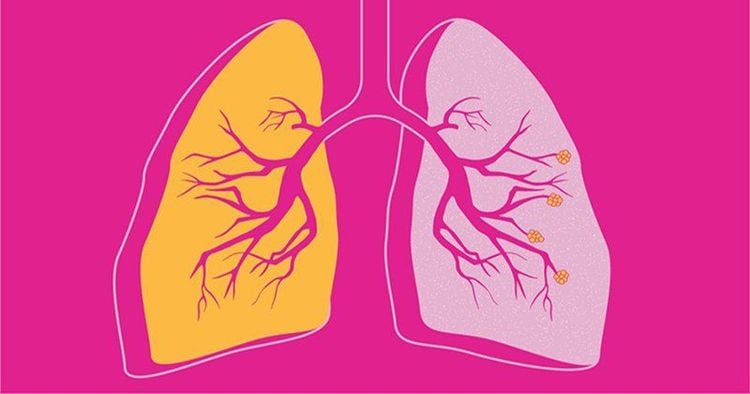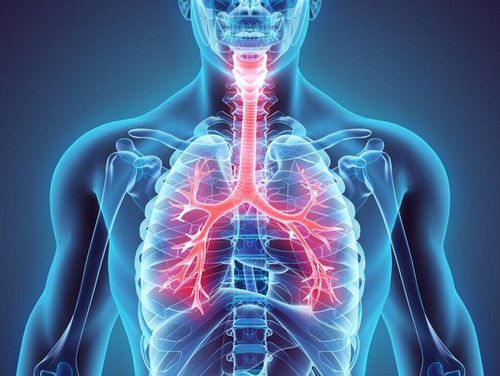This is an automatically translated article.
The article was professionally consulted with Master, Doctor Nguyen Huy Nhat - Respiratory Doctor - Department of Medical Examination & Internal Medicine - Vinmec Danang International General Hospital.1. Chronic Obstructive Pulmonary Disease What is COPD?
Chronic Obstructive Pulmonary Disease (COPD) is a medical condition with chronic pulmonary manifestations resulting in impaired ventilation. Airflow obstruction progresses with abnormal inflammation of the lungs due to noxious gases and particles. The disease will gradually reduce the lung ventilation function.Over time, the disease will get worse, making normal daily activities such as walking, exercising become difficult. In addition, the patient has obvious symptoms such as shortness of breath, wheezing, chest tightness, frequent cough, phlegm in the neck, fatigue.
2. Causes of Chronic Obstructive Pulmonary Disease (COPD)
The cause of the disease is smoking too much. Cigarette smoke has a strong oxidizing power and stimulates an inflammatory response that leads to the destruction of lung structures under the action of protein-degrading enzymes.
3. Osteoporosis in patients with chronic obstructive pulmonary disease
Research has shown that osteoporosis has a close relationship in patients with chronic obstructive pulmonary disease. Both osteoporosis and fractures are very common in patients with chronic obstructive pulmonary disease (COPD).When you have COPD, the patient will have a decrease in bone density and a decrease in bone quality, leading to a decrease in strength as well as an easy fracture. In addition, the disease will also pose a risk of surgical complications and complications after surgery.
Other common clinical risks of patients with COPD are also the causes leading to osteoporosis, such as: smoking, advanced age, low weight, sedentary. In addition, poor lung function, pneumonia, vitamin D deficiency are also causes of osteoporosis. In addition, an important reason that many patients use corticosteroid-containing drugs in the treatment of COPD arbitrarily is also the cause of osteoporosis. Therefore, when the patient is diagnosed with chronic obstructive pulmonary disease, it is necessary to have regular check-ups to detect and evaluate osteoporosis as well as the risk of fracture at an early stage.

4. What should be done to improve when chronic obstructive pulmonary disease?
The main cause of chronic obstructive pulmonary disease is the long-term smoking of the patient, so it is imperative to quit smoking and not live in an environment with tobacco smoke as the first principle in the treatment process.Quitting smoking is difficult for patients because they have to give up a long-standing habit. Therefore, this requires the active cooperation of the patient himself to facilitate as well as help the doctor to best treat the patient. Very few cases need to use drugs to quit addiction.
Treatments for chronic obstructive pulmonary disease include both pharmacological and non-pharmacological treatments. Because this is a chronic disease with irreversible damage to the lung structure, the patient will have to be treated for life, not completely cured.
In addition to the mandatory cessation of exposure to secondhand smoke, patients and their families need to follow these principles:
Use medications exactly as directed by your doctor and get an annual flu vaccine if your doctor recommends it.

Please dial HOTLINE for more information or register for an appointment HERE. Download MyVinmec app to make appointments faster and to manage your bookings easily.














